
A Ballet Education
Ballet . Ballet . Ballet
A BALLET EDUCATION
As we have rebranded, we have hundreds of articles from the past that are being updated and archived. Here are some of the highlights from A Ballet Education.
Everything you need to know about The Awakening of Flora. From the premiere to how it became a go-to competition variation.
She might just be one of, if not , the most influential woman in ballet right now. Through the Youth America Grand Prix, she has shaped hundreds of careers, and helped thousands upon thousands of dancers find their way to success. While some say she is unavailable, or aloof, I find her to be just busy. She is the kind of woman that means business, and she is definitely a collector of information. While she normally doesn’t give interviews, she was able to set some time aside for A Ballet Education to answer a few questions at 11:00 PM her time for me.
There are many things in this world that clearly qualify themselves as quintessentially American in style. Levi’s denim jeans, for one, basically defined America’s working class for decades. Even if they are now made overseas…Levi’s always look good and last…no matter the cut or the wash. Ralph Lauren, who in 1967 started his brand with awkwardly widened mens’ striped ties, now embodies an always approachable, elegant, and tasteful presentation of Americana, no matter the occasion.
Understanding When a Dancer is Ready for Pointe Work. How do you know if a dancer is ready for pointe work?
While Nutcracker premieres and principal debuts are now underway for most ballet professionals, and Nutcracker rehearsals are intensifying for most ballet students, ballet parents around the the world are frantically searching for the right Summer Courses for Summer 2024. Here is an analysis of A Ballet Education’s Top 10 Summer Courses of 2024.
We are diving headfirst with no lifejacket into the thick of the competitive ballet season, which means countless parents and coaches out there are carefully watching the Youth America Grand Prix, ADC IBC, and other ballet competition semi-final results. The crazy is there for sure, but is it justified crazy? Is it the kind of crazy that is acceptable? The answer just might be, “Yes.”
Tastemakers do not last forever! The fall of the great fashion houses in recent years marked the end of an era of reliable brand name quality and integrity, and now ballet has arrived at the same fate. The top ten ballet schools of the season
I see London, I see France, where is the best education for dance? The Top Ballet Schools of 2017.
Article originally published July 11, 2017 on www.aballeteducation.com
It is an Olympic year, and like all major competitions, there are favorites going in. Favorites that are based on long-standing wins, countries that have dominated certain sports, and underdogs that have risen to the make the Olympic team… But these are not the Olympics… This is ballet.
If this was college football, well it isn’t. Haha. This is bigger than college football, this is ballet. The 2014 list of the top ten ballet schools by A Ballet Education.
It is that time of the year again; the time where everyone is overwhelmed, overworked, exhausted, and juggling a million different things. Yes, the 2023 audition season is upon us, and it is more stressful than ever.
Summer intensives are ridiculously expensive; in fact they are beyond expensive. Like, you might have a sell a kidney to keep your child dancing. It is quite overwhelming. Nowadays, summer intensives or summer programs are a breeding ground for companies to pull up and coming dancers, and cultivate a wealth of talent.
While I usually idolize Balanchine, I do blame him for the body dysmorphia complex ballet dancers have as the modern day ballet body type for women was curated by Balanchine. Sure, nowadays we go to the ballet, and the standard for the ideal ballet body type is high. We have this idea that ballerinas are long, willowy, and bendy. From the documentary “Ballerina” the ideal body type of a ballet dancer is “ideally a ballerina will have a small head, long neck, long arms, long legs, slender figure.” Altynay Asylmuratova, Artistic director of the Vaganova Ballet Academy- 2009.
FREE ARTICLES
Did your summer plans not work out? Did you miss the audition deadlines? Were you injured, or your schedule just not match up? Don’t worry. There are still amazing summer programs that offer unique experiences, high quality training, and the chance for you to get out there, that have space open. Check out this amazing partner schools to A Ballet Education that offer some of the best training in the United States.
Festival Ballet Presents Coppélia featuring guest artists Katherine Barkman and Esteban Hernandez.
There are many things in this world that clearly qualify themselves as quintessentially American in style. Levi’s denim jeans, for one, basically defined America’s working class for decades. Even if they are now made overseas…Levi’s always look good and last…no matter the cut or the wash. Ralph Lauren, who in 1967 started his brand with awkwardly widened mens’ striped ties, now embodies an always approachable, elegant, and tasteful presentation of Americana, no matter the occasion
In the world of professional ballet, the performance of a principal variation can define a dancer’s career. A 2-3 act ballet is carried by the storytelling of the male and female principals, and the apex moment for them are their principal variations within the ballet. Their principal variations are that those brief moments in a career where a dancer’s technique, artistry, and all the daunting years of rehearsals finally meet, and the stage is theirs with all eyes are on them. A successful debut in a principal variation can skyrocket a dancer’s career trajectory. A longtime principal appearing in a beloved principal role can instantly sell out tickets for a show.
When it comes to ballet, parents can get a little a crazy, and truthfully, I don’t blame them. Between the hours of dedication, the thousands in tuition, pointe shoes, private lessons and costumes, you should have some sort of strategic plan, right?
“Mean girl” culture is a big thing in ballet, and it isn’t just for the girls; it is a real thing for the boys and both parents, too.
When A Ballet Education first began publishing a list of the ten most sought-after ballet schools in 2014, the intent was simply to inform my opinion given the context of the current season; however, I have not published a Big Ten list since 2018 due to how much backlash I received each year. Company directors, competition directors, professional dancers (offended that their alma mater didn't make the list), and the ballet world in general said, "Who is he to decide?"
Some of the world’s top pointes shoe companies share in their mission to better represent the community that uses their products. By Ashley Lorraine Baker
Audition season is approaching, and it is coming in with stormy skies, uncertainty, and an expensive price tag.
Ballet information at your fingertips
-
New to Ballet
Just getting into ballet? Here are all the basics you need to know: from leotard brands, to what a ballet season consists of, how to sew pointe shoes and more.

-
Pre-Professional Ballet
Ballet can be confusing, so we are here to help with guides, lists, and resources that will help you navigate your journey in this art form.
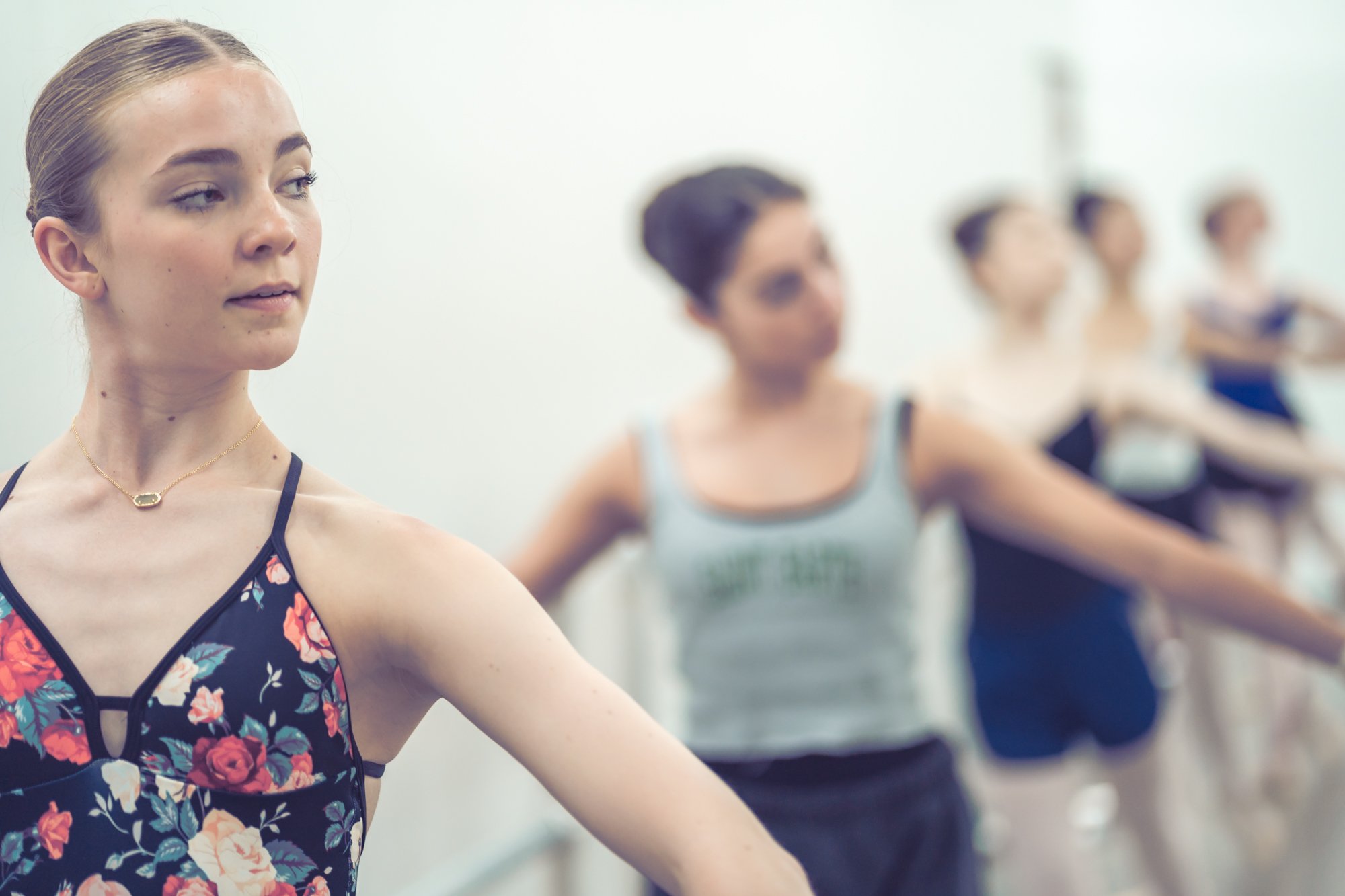
-
Professionals
Looking for a job? Looking to see who is hiring? Check out our audition posts.
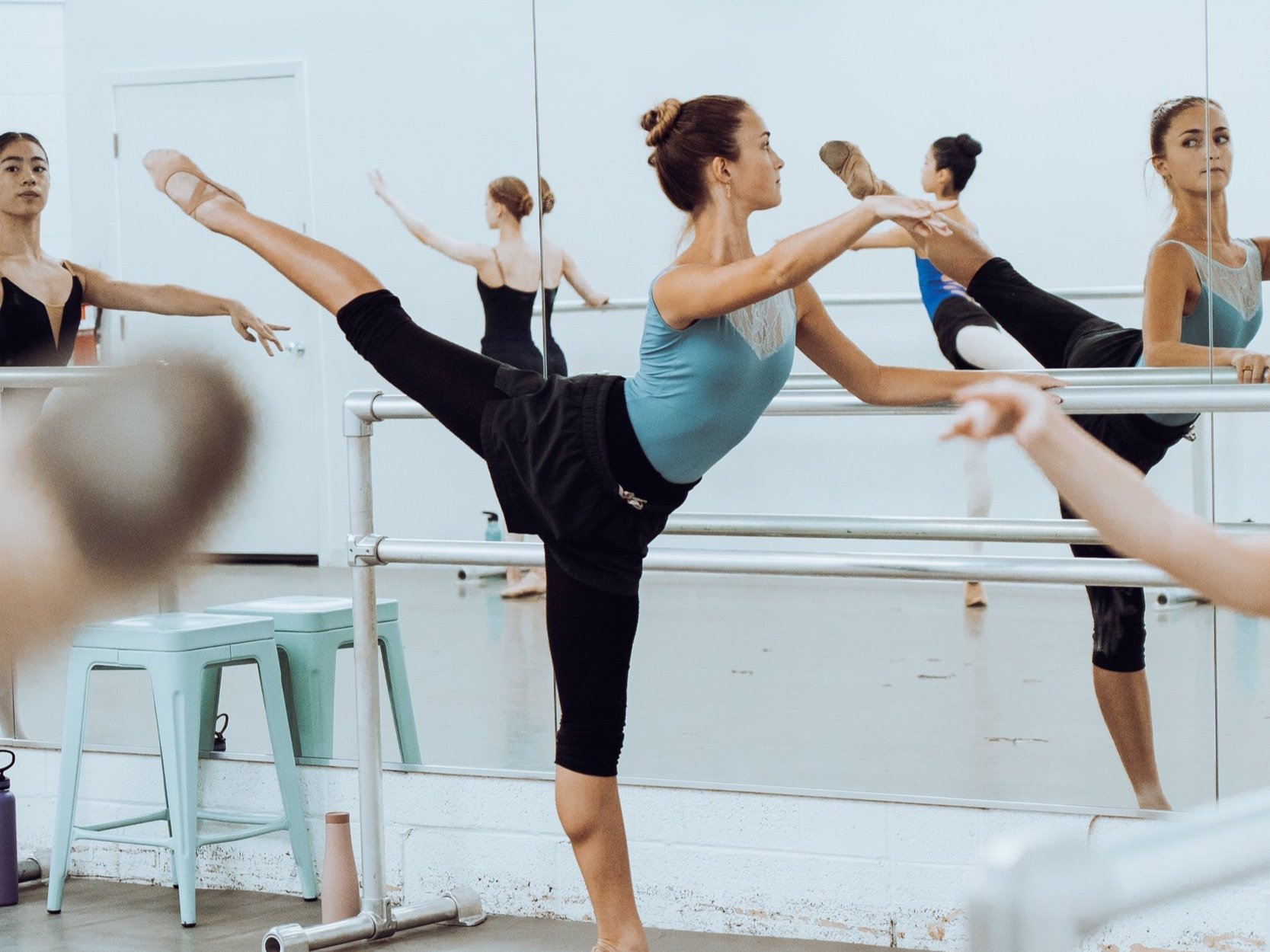
-
Ballet Lovers
Wondering what is going on in your area? Love the art form and want the inside scoop?


David King’s A Ballet Education LLC is a company the parents A Ballet Education, The Ballet Clinic, A Ballet Foundation, and The Ballet Directory. Founded in 2013, A Ballet Education has grown and evolved with the art form, technology and the times. The Ballet Directory is the newest platform A Ballet Education moves into. Throughout the last 10 years, A Ballet Education has helped guide, mentor, train, inform, and fund hundreds of dancers, and has reached over 4 million unique readers over the years.

Subscribe to The Ballet Directory for $12.99/month or $99 for the year! New content added weekly including: how-to videos, podcast episodes, instructional videos, teacher resources, coloring pages and more.
Podcast
A Ballet Education’s podcast: Ballet Talk is now available on the website. Listen for free when you become a Ballet Insider or subscribe on Apple Podcasts.
NEWS & UPDATES
Ballet Dictionary and other things
A Ballet Education’s Dictionary and other posts about technique. Subscribe to view the full dictionary and illustrations. Coming November 2023!
Arabesque originally comes from from the latin word arabus, meaning Arabian. The word also is rooted in Arab from arabo. From there, the word was assimilated into the Italian language as arabesco, and eventually found its home inside of the French language; the language that codified ballet.

















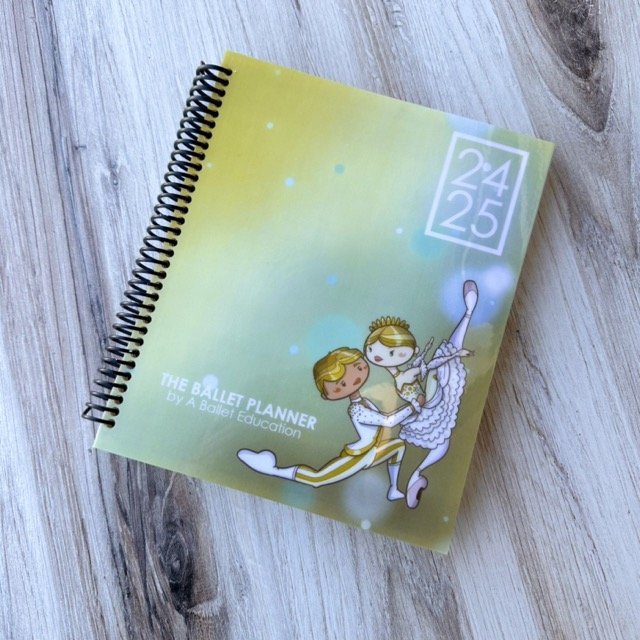
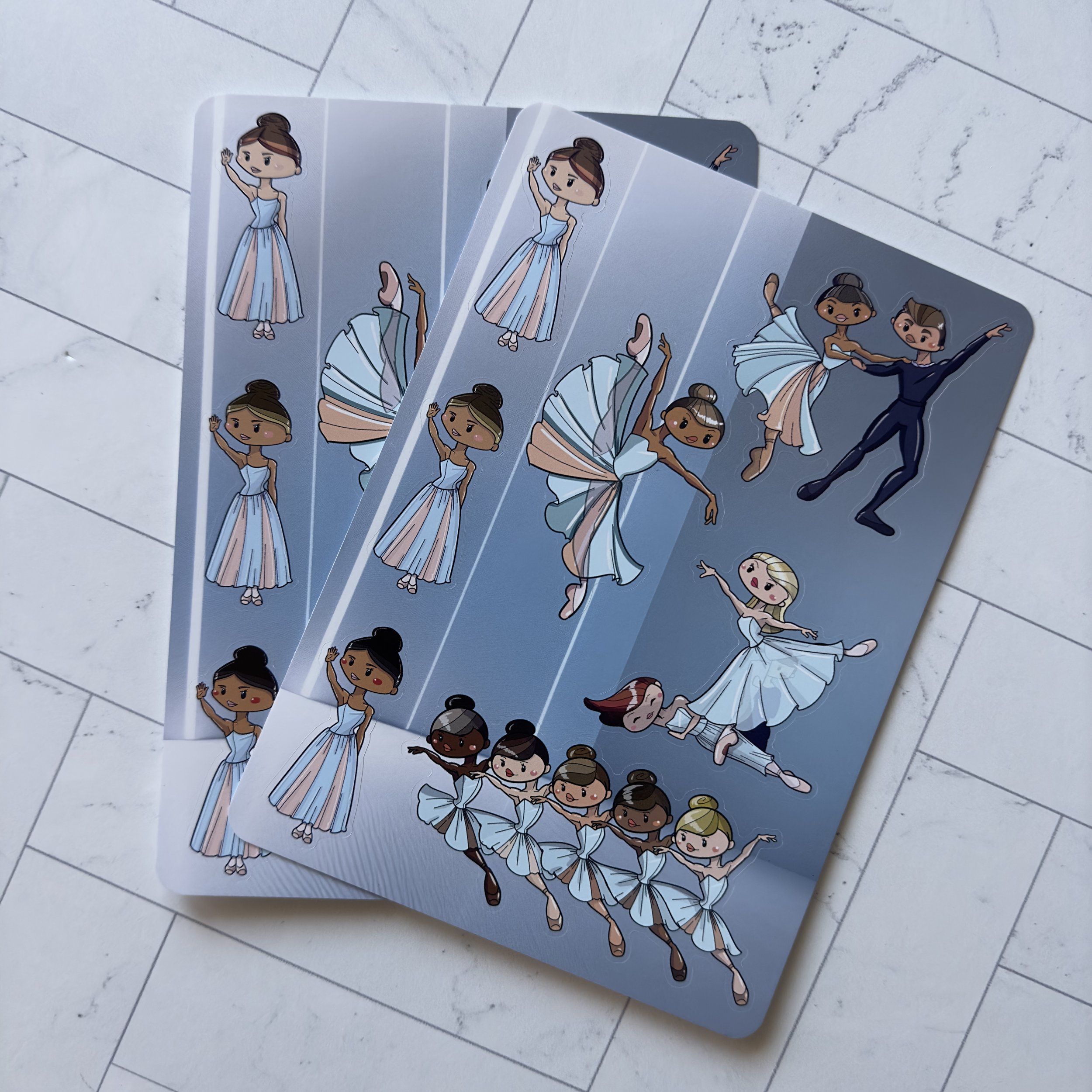

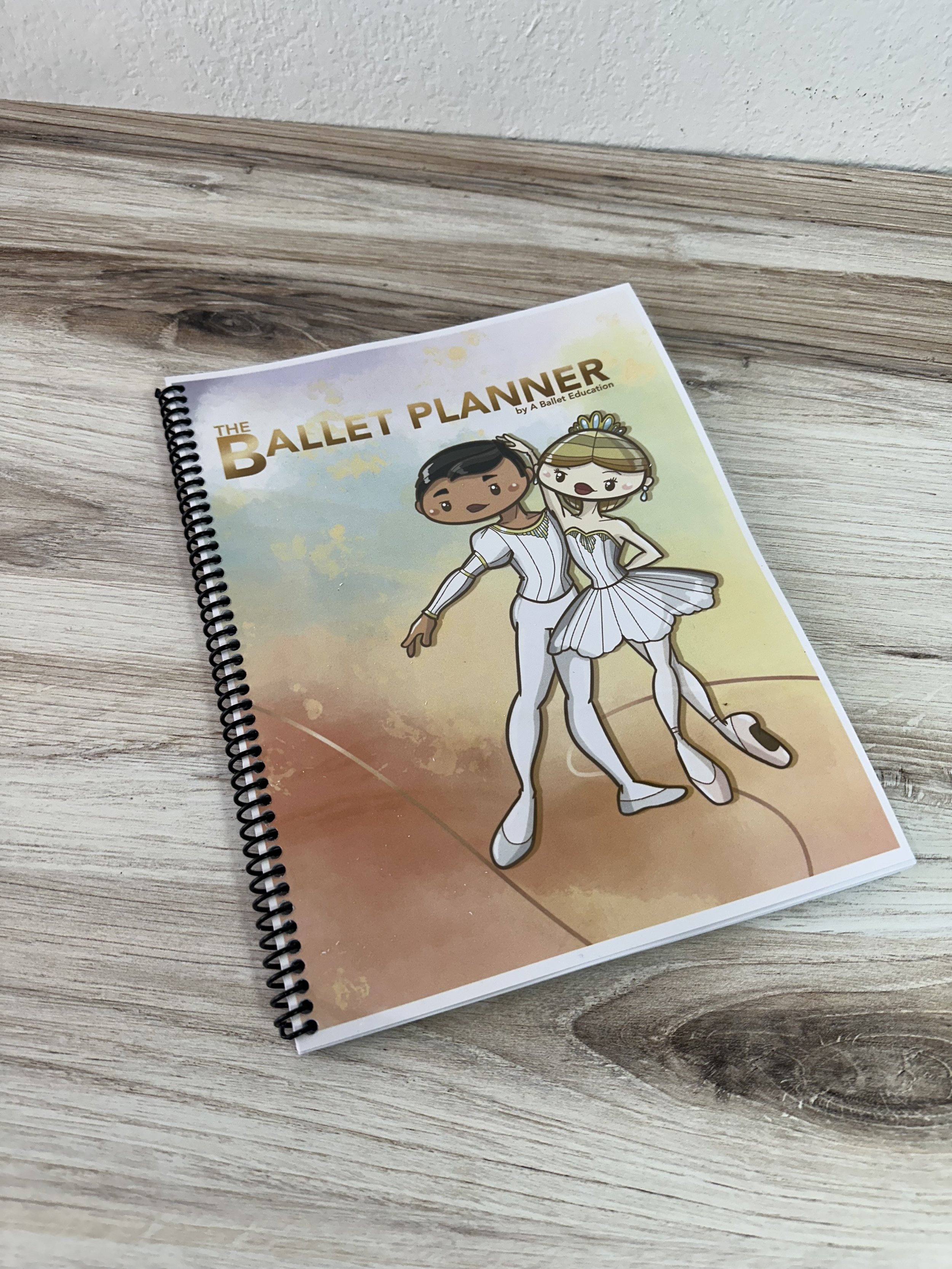



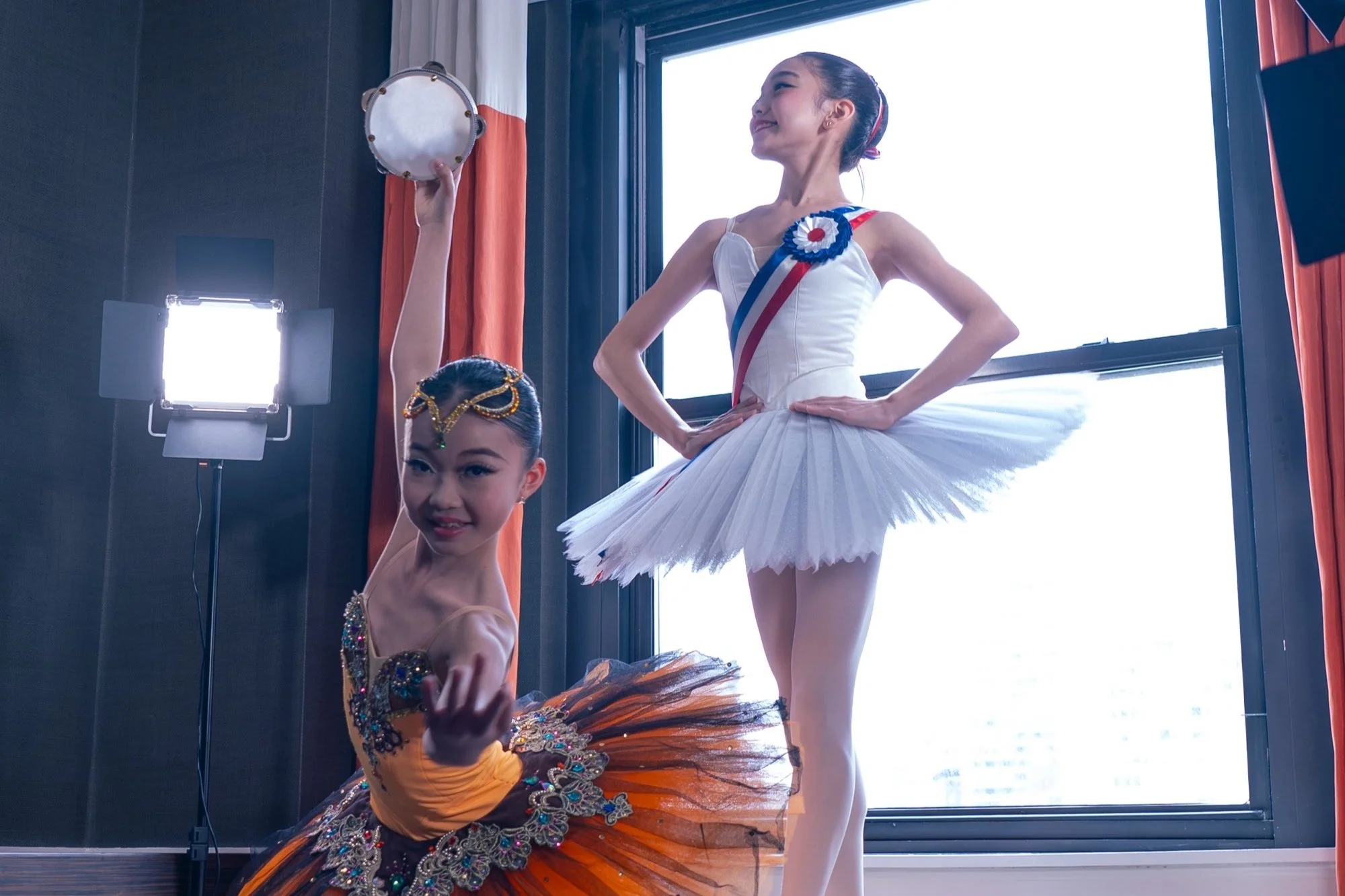
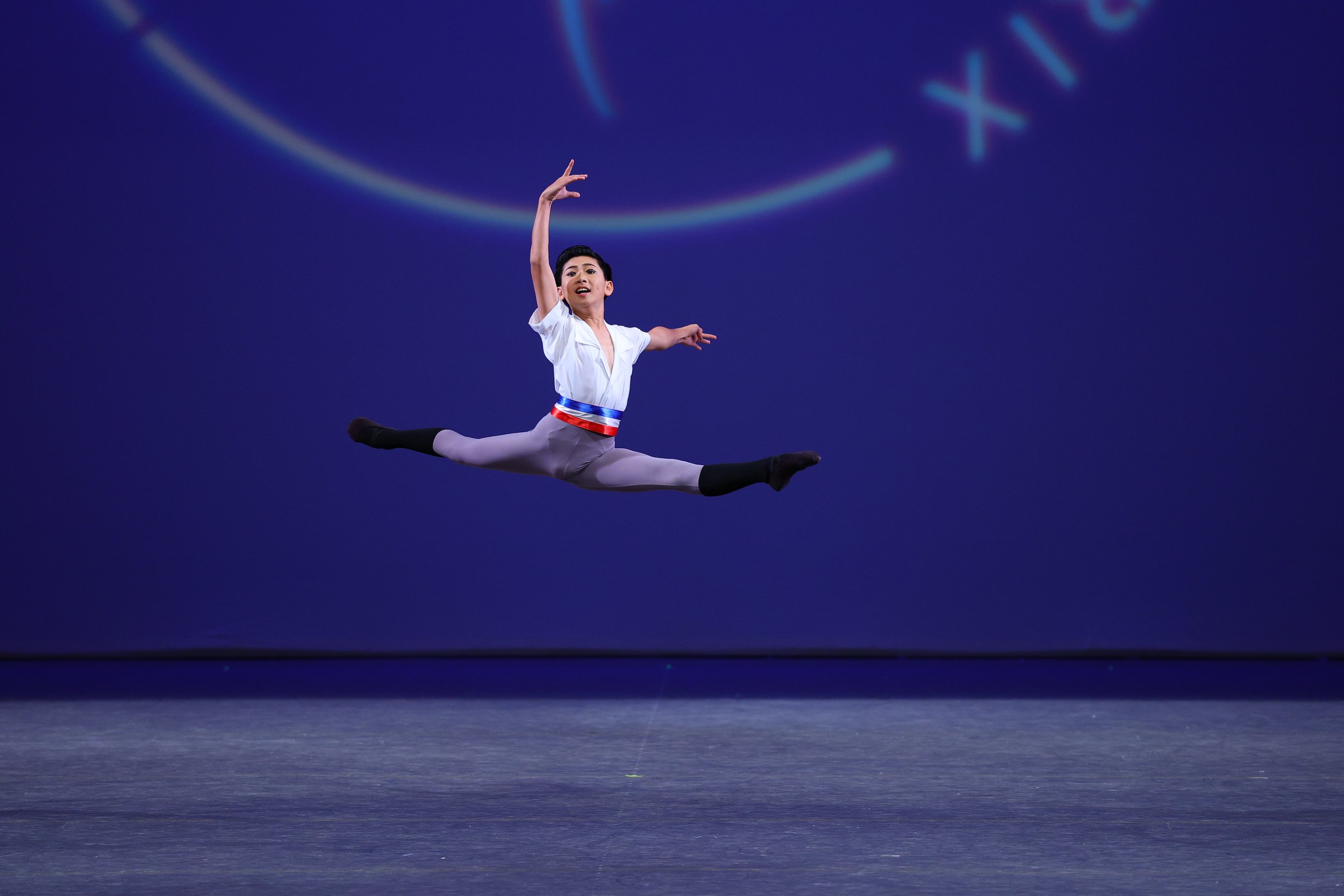















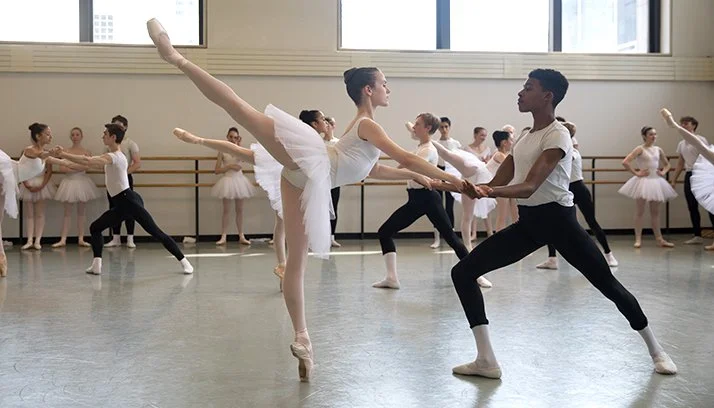







If this was college football, well it isn’t. Haha. This is bigger than college football, this is ballet. Like football there are ten schools that everyone wants to get into. The only thing bigger than the school you get into, is the company you might dance for as an end result. In comparison, these are the Ivies of the ballet world, and you do have to have top marks to get in. Who are we kidding, you have to have everything to get in… Like the Ivy League list… there are three schools that will always compete for number one in the world. International, and probably the most historical, they are the prestigious Paris Opera Ballet School, the Vaganova School, and the Royal Ballet School. It is hard to say which one of these schools is actually the best, because they are completely different styles, and create very different dancers.